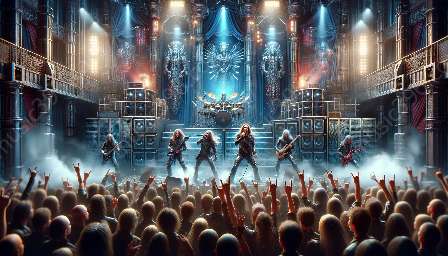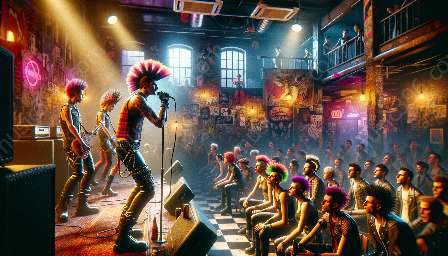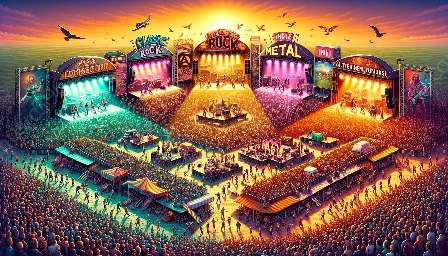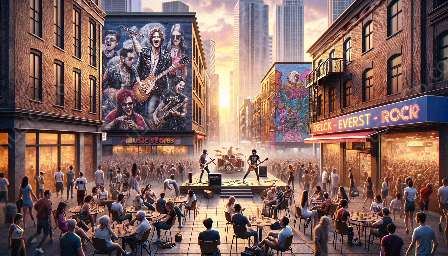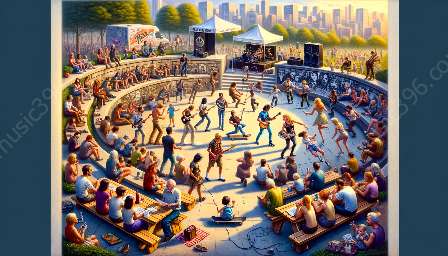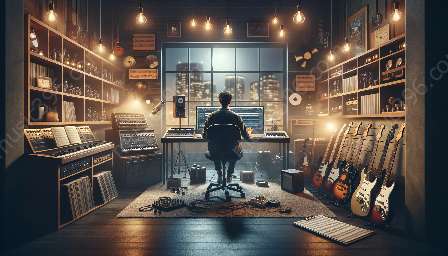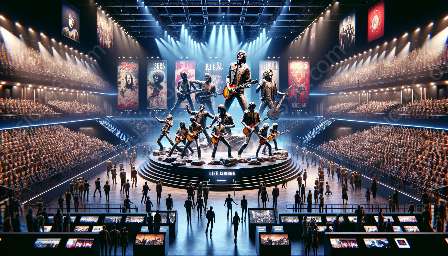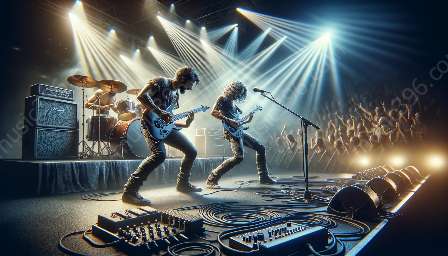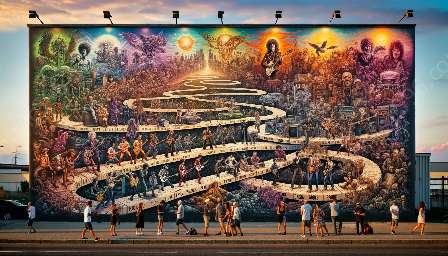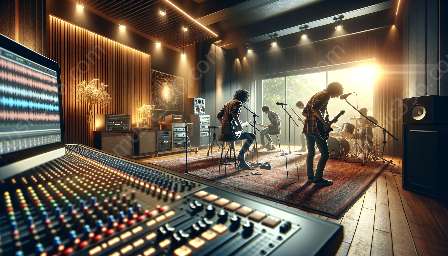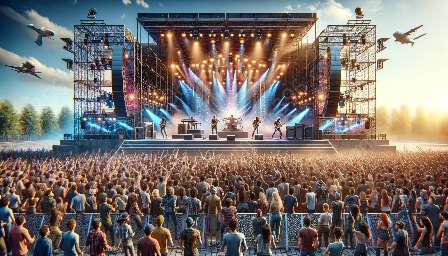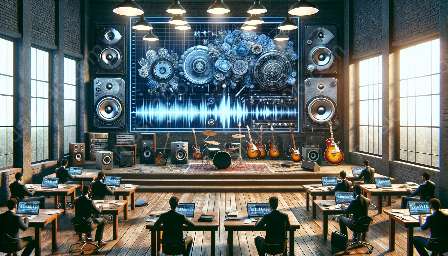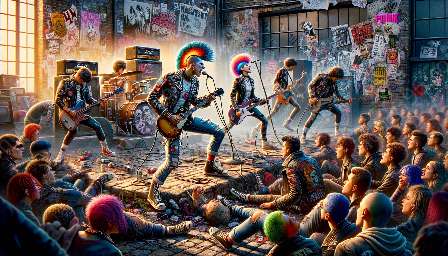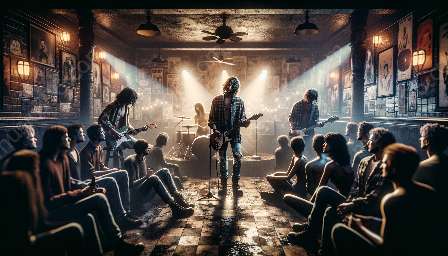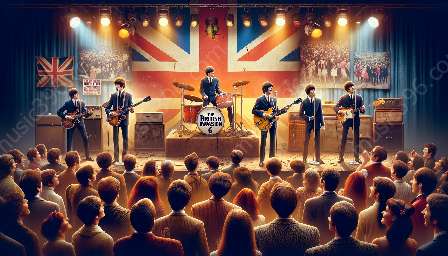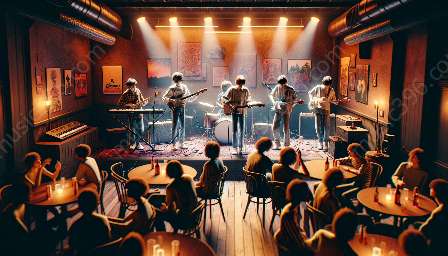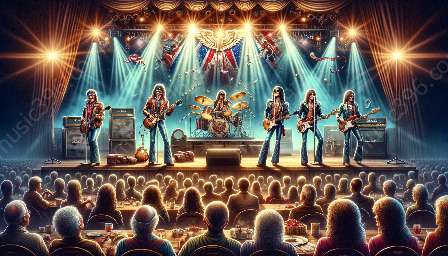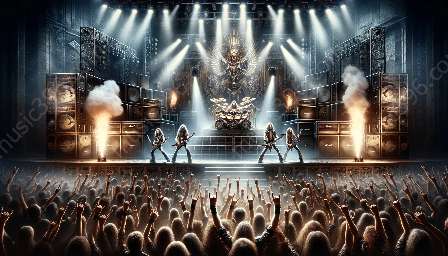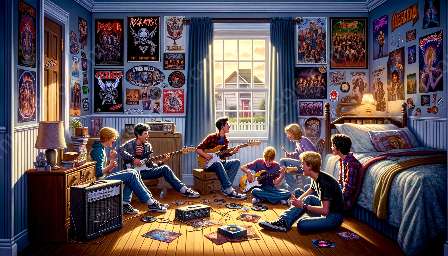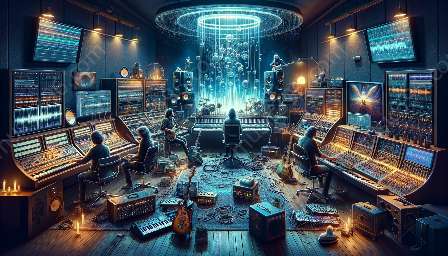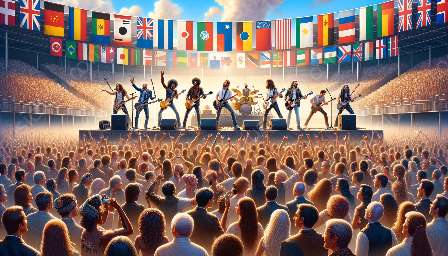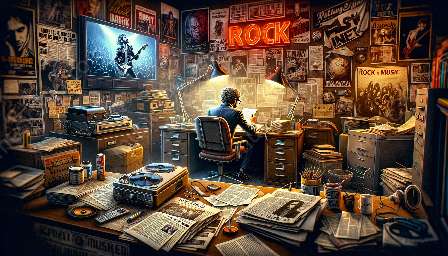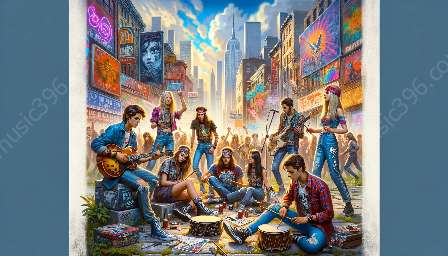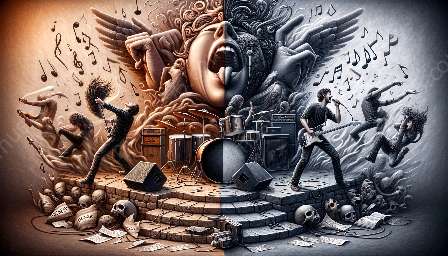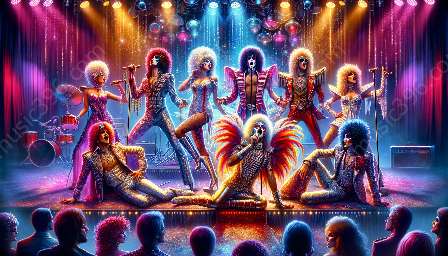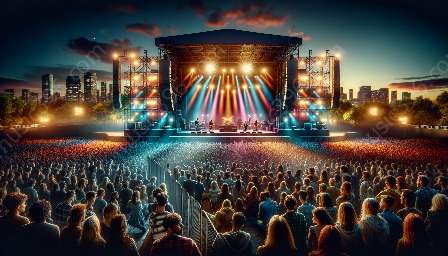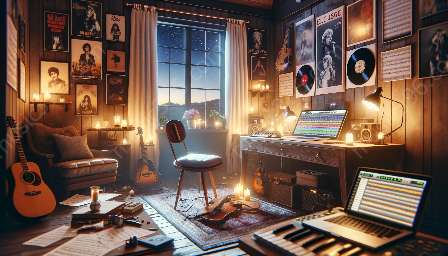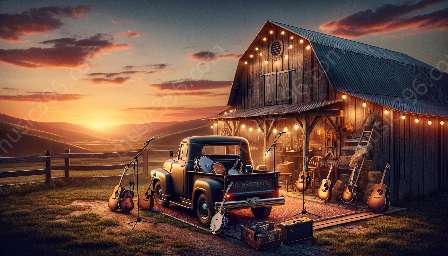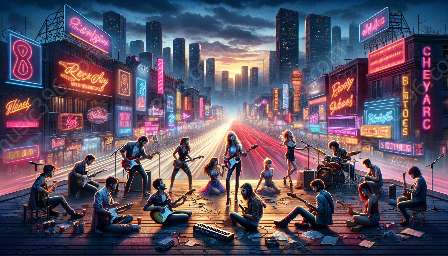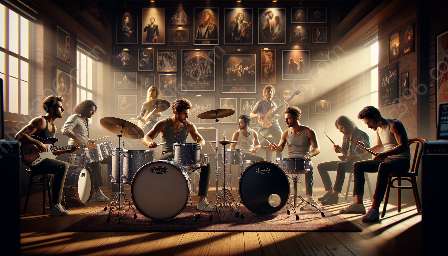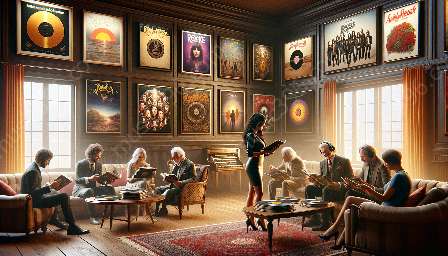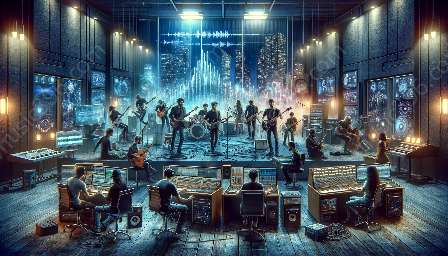Progressive rock has had a profound influence on concert stage setups and visual effects, revolutionizing the live music experience. This impact is closely related to its compatibility with hard rock and rock music, enhancing the visual and auditory aspect of the performances.
Evolution of Concert Stage Setups in Progressive Rock
Progressive rock, often referred to as prog rock, emerged in the late 1960s and early 1970s. Bands such as Pink Floyd, Yes, Genesis, and Emerson, Lake & Palmer were pioneers in this genre, known for their complex musical compositions and elaborate live performances. The influence of progressive rock on concert stage setups can be traced back to the innovative approaches taken by these bands to create immersive and visually captivating experiences for their audiences.
One of the key elements of progressive rock stage setups is the use of elaborate lighting effects. Bands began incorporating sophisticated lighting systems, including strobes, lasers, and projections, to create a mesmerizing visual landscape that complemented their intricate musical arrangements. This integration of lighting effects with the music elevated the live performance to a new level, captivating audiences with a multisensory experience.
Furthermore, the concept of theatrical staging became a hallmark of progressive rock concerts. From elaborate set designs to the use of props and visual storytelling, progressive rock bands aimed to create a theatrical atmosphere that engaged the audience on a deeper level. This theatricality often extended to the band's attire and stage personas, adding an element of drama and mystique to the live performances.
Visual Effects and Hard Rock Compatibility
The influence of progressive rock on visual effects extends beyond the genre itself, as it has also impacted the visual aesthetics of hard rock concerts. While hard rock traditionally emphasized raw energy and power, progressive rock introduced a new dimension of visual storytelling and ambiance to the live stage. This compatibility between progressive rock and hard rock allowed for a fusion of visual and sonic elements, enriching the concert experience for fans of both genres.
In the realm of hard rock, bands such as Led Zeppelin and Deep Purple adopted elements of progressive rock's visual effects, incorporating dynamic lighting and multimedia displays into their stage setups. This convergence of influences resulted in hard rock concerts that not only delivered high-octane performances but also transported audiences into immersive visual landscapes, amplifying the emotional impact of the music.
Moreover, the progressive rock influence on visual effects has contributed to the evolution of stage production in rock music as a whole. As the boundaries between genres continue to blur, the integration of progressive rock's visual language has become a defining aspect of modern rock concerts, enriching the live music experience for audiences across diverse musical preferences.
Revolutionizing the Live Music Experience
Progressive rock's impact on concert stage setups and visual effects has been instrumental in revolutionizing the live music experience. By pushing the boundaries of traditional stage design and visual storytelling, progressive rock bands have set new standards for immersive and dynamic live performances.
Through their pioneering use of lighting, stage design, and visual effects, progressive rock artists have created a legacy that continues to influence the way concerts are conceptualized and executed. The enduring impact of progressive rock on concert visuals demonstrates its enduring relevance and its ongoing contribution to the evolution of live music.
As the influence of progressive rock on concert stage setups and visual effects continues to resonate across various genres, it serves as a testament to the genre's enduring creativity and innovation, demonstrating the profound impact it has had on shaping the visual and auditory dimensions of the live music experience.


